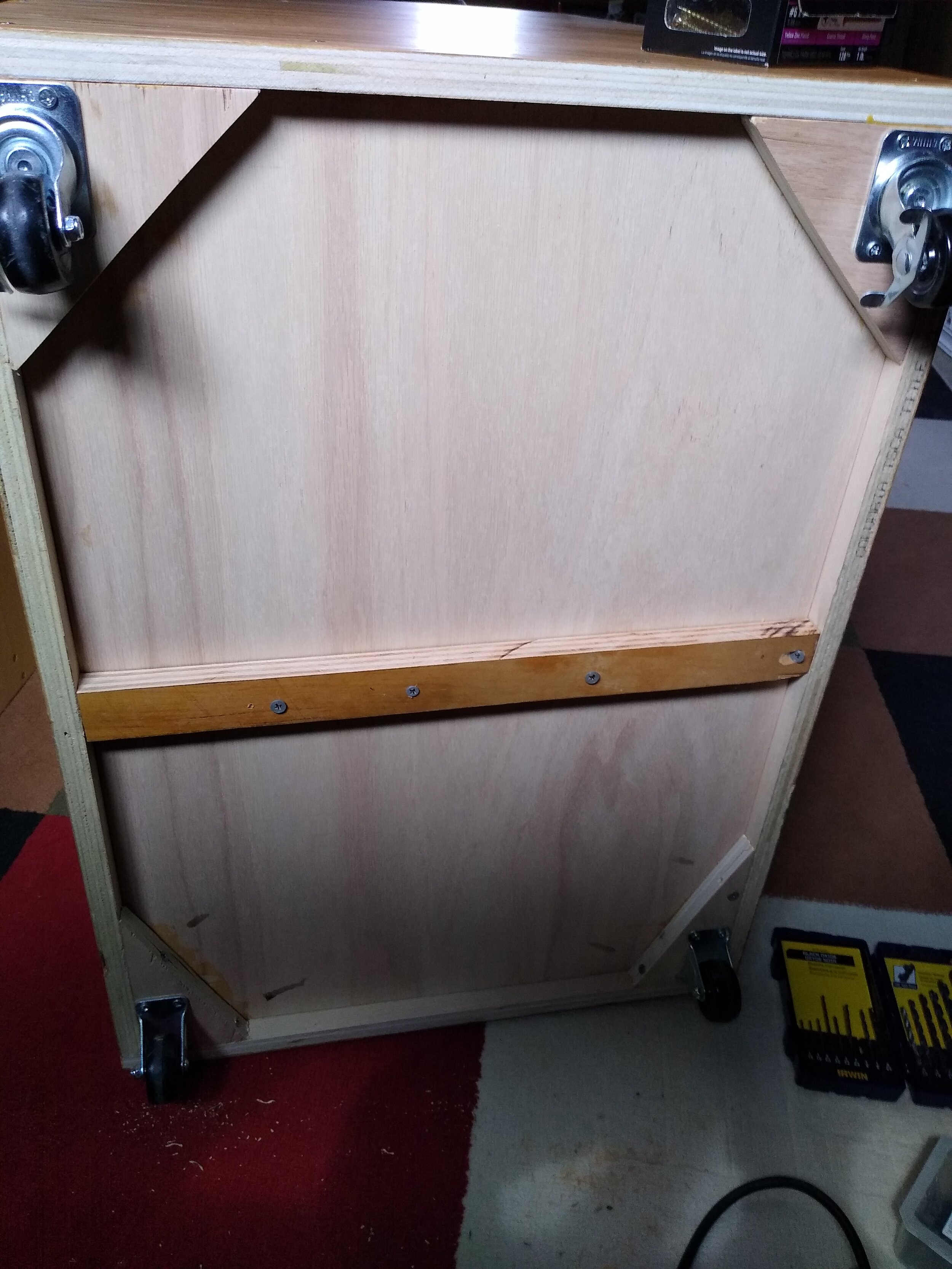The Dreaded Resealable Vinyl Sleeves
If you’ve done any record shopping at all, you’ve surely noticed that most used records are protected by a transparent record sleeve. Perhaps not the dozens of ring-worn copies of B.J. Thomas, Barbara Streisand and Barry Manilow, but any record worth more than $10 is likely covered in some fashion (and please note that I’m not knocking any of those artists – it’s just that their records are, well…plentiful).
In most stores, records are stored in a certain way:
1) The records themselves are front-facing for ease of flipping.
2) They are housed in plastic outer sleeves whose open ends are pointed towards the album cover openings (apparently called a “cover mouth.” I just learned something!).
3) The inner sleeves that house the record itself are also pointed toward the cover mouth, allowing would-be buyers to extract the vinyl record without any unnecessary steps.
Some albums don’t play nice with this storage – Elton John’s Honky Chateau comes to mind – but for most part, this type of format works well, and as a guy who buys a fair number of records each year, I’ve grown accustomed to this protocol.
But more and more lately, I’ve had the misfortune of perusing used records that are housed in resealable sleeves, the kind that fold over and adhere like a Post-It note, leaving the album cover completely encased – even the opening that houses the inner sleeve and record. This obviously makes checking the record quality tedious, because I have to peel back the sticky fold of the outer sleeve to extract the record, and if I’m thumbing through a couple hundred items, it makes for a cumbersome visit and an unhappy camper.
Some stores go to even greater lengths to spoil my record-buying outing, turning a potential customer into a sworn enemy. Outside of Phoenix, one particular establishment (who shall remain nameless) turns a record quality check into about a minute-long ordeal on the front end, and then another minute-long ordeal on the back end. To wit:
1) The records are stored in resealable sleeves. My happy disposition is already marred.
2) These resealable sleeves are pointed north so that the “cover mouth” isn’t exposed even after opening the outer sleeve. Because of this, the album cover has to be completely extracted from the outer sleeve. Now I’m starting to mutter a few obscenities.
3) This store takes things a step further: the inner sleeve is also pointing north, meaning I can’t take out the vinyl without first slipping the entire inner sleeve out of the record cover. By this point I’m giving the stink eye to the poor clerk at the cash register, and she probably has nothing to do with this madness!
4) Once the record is freed from this insanity, I hold it between my hands and tilt it from side to side. And wouldn’t you know it? This particular copy of Working Class Dog by Rick Springfield is marked up beyond any reasonable collector’s threshold, and by this point I’m fuming, because…
5) I now have to reverse the process to put the album back the way I found it!
I certainly wasn’t going to go through this procedure again and again. I walked out empty-handed and spent my money elsewhere.
I’ve been told by my friend and podcast partner Chris that if a store is going to use resealable sleeves, an accurate grade of the record should be marked on a sticker so that the buyer knows what he or she is getting. But even then I’m skeptical, because I want to see what I’m buying, and not every grading system is consistent.
Sure, if you own a record store and have a mint copy of Prince’s Black Album, go ahead – put it inside a resealable sleeve. In fact, put it in a safe and just display a photo of the record for interested parties! But for most merchandise in the $10 to $250 range, please do us all a favor and stick to the protocols that make record-buying a joyful experience.





